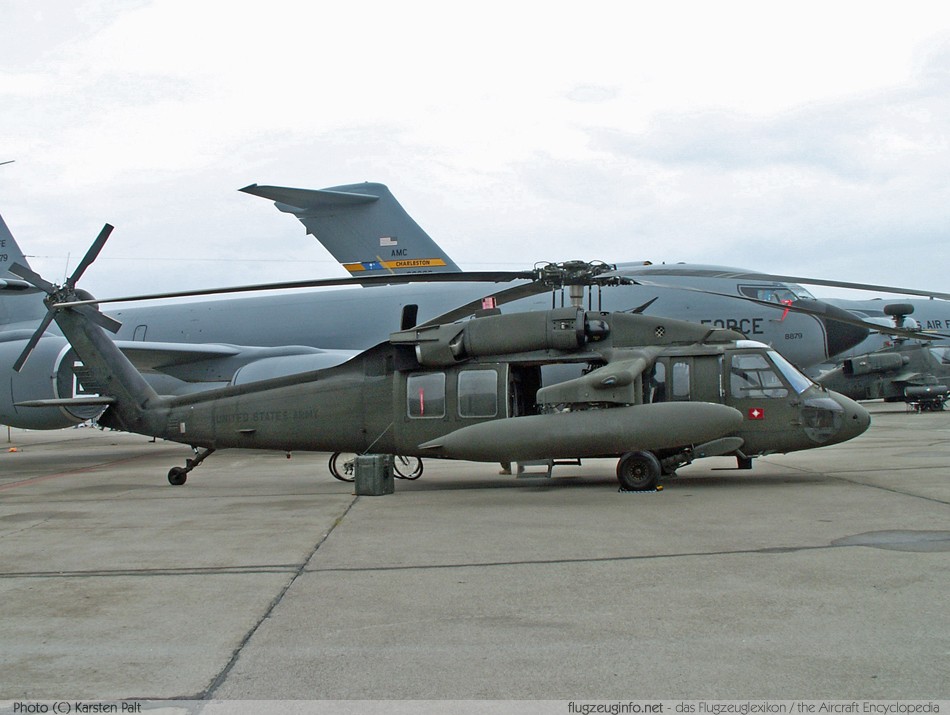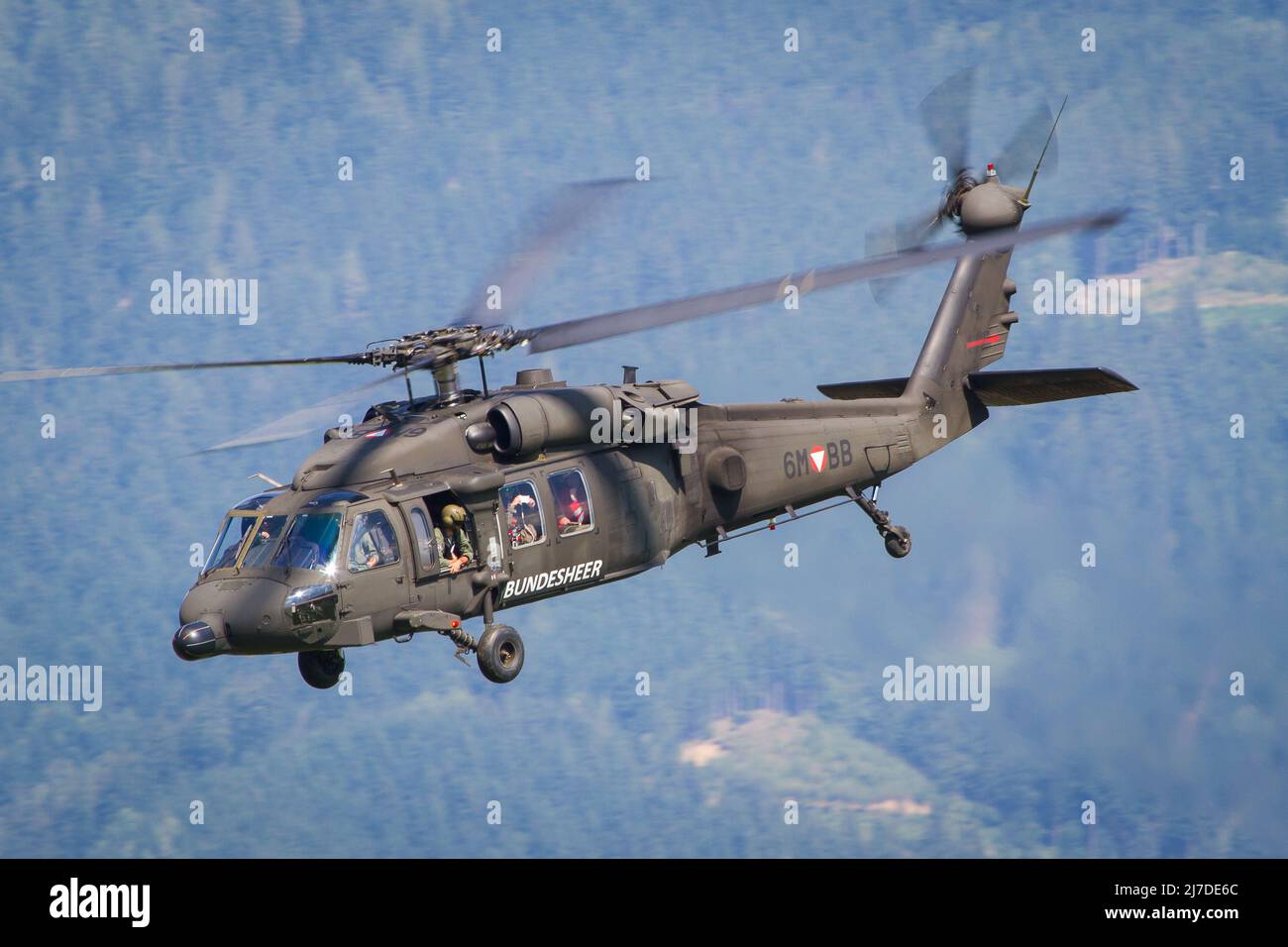Why the Sikorsky S 70 is the Preferred Choice for Modern Helicopter Missions
Why the Sikorsky S 70 is the Preferred Choice for Modern Helicopter Missions
Blog Article
Rotary-Wing Aircraft Offering Superior Toughness and Precision Design
In the world of air travel, rotary-wing airplane have long been acknowledged for their one-of-a-kind capacities in various functional atmospheres. From military objectives to civilian applications, the advancement of rotary-wing modern technology has actually paved the method for makers that provide unequaled resilience and accuracy design. With advancements in materials and construction strategies, combined with advanced flight control systems, these airplanes have come to be vital devices for tasks that require both toughness and precision. As we discover the detailed balance between technology and reliability in rotary-wing airplane, it comes to be obvious that the merging of sophisticated technology and tried and tested style principles has set a new requirement for efficiency and performance in the aerospace sector.
Development of Rotary-Wing Technology
Throughout the history of aeronautics, the development of rotary-wing technology has actually been a testament to continuous innovation and advancement in aerial engineering. From the very early days of vertical trip with primary styles to the innovative helicopters and other rotary-wing airplane of today, the progression in this field has actually been remarkable.
In the early 1900s, pioneers like Igor Sikorsky and Juan de la Cierva made significant strides in rotary-wing innovation. Sikorsky's VS-300 helicopter, first flown in 1939, noted a turning point in the advancement of sensible rotary-wing airplane. This success led the way for additional advancements in vertical trip capabilities.

Today, rotary-wing aircraft play important roles in different industries, including armed forces procedures, emergency situation medical solutions, law enforcement, and commercial transport. The development of rotary-wing modern technology continues to press the limits of what is feasible in vertical trip, making certain that these aircraft stay essential assets in the aeronautics sector.
Products and Building Innovations
Showing a fusion of innovative materials and accurate building and construction techniques, rotary-wing airplane have actually undergone significant developments in toughness and efficiency. Among the vital technologies in products made use of for rotary-wing aircraft is the boosting utilization of composite products. These products, such as carbon fiber strengthened polymers, offer a high strength-to-weight proportion, boosting both the architectural honesty and general performance of the aircraft. Additionally, improvements in producing processes have allowed for more specific and elaborate construction of rotary-wing parts, adding to boosted the rules of aerodynamics and efficiency.
In addition, the integration of advanced coverings and surface area therapies has played a crucial duty in enhancing the longevity of rotary-wing aircraft. These layers provide protection against deterioration, abrasion, and severe weather, expanding the life expectancy of the aircraft and reducing upkeep demands.
In terms of building technologies, additive production, likewise known as 3D printing, has reinvented the production of complex components for rotary-wing aircraft. This innovation enables for quick prototyping and modification, resulting in much faster advancement cycles and reduced expenses. Overall, the continual development of materials and building and construction methods is driving the capabilities and performance of rotary-wing airplane to new elevations.
Precision Flight Control Solution

The assimilation of GPS technology further improves the precision and integrity of these systems, enabling specific navigating, waypoint monitoring, and automated trip control. sikorsky s 70. This level of precision not only enhances the safety and security of rotary-wing procedures however also boosts total operational performance and objective efficiency
Additionally, the continual innovations in artificial knowledge and maker knowing have actually assisted in the development of independent flight capabilities within Accuracy Flight Control Equipment. This allows rotary-wing airplane to perform complicated goals with exceptional precision and consistency, making them vital assets in a large range of applications, including armed forces procedures, search and rescue missions, and aerial photography.
Longevity in Challenging Atmospheres
Sought after functional setups, rotary-wing aircraft demonstrate exceptional durability and effectiveness, ensuring optimal performance under difficult ecological problems. These airplanes are designed to withstand a variety of ecological click for more variables, including extreme temperature levels, high winds, and rough terrain, making them well-suited for various objectives in diverse landscapes.
One essential aspect adding to the longevity of rotary-wing aircraft is their rugged building. These aircraft are developed utilizing top quality materials and advanced engineering strategies to enhance their structural stability and dependability. Furthermore, components such as rotor blades, engine systems, and landing equipment are meticulously designed to withstand the anxieties and stress encountered throughout procedures in difficult atmospheres.
Furthermore, rotary-wing aircraft are outfitted with innovative onboard systems that keep an eye on performance metrics in real-time, permitting proactive upkeep and very early discovery of prospective issues - sikorsky s 70. This aggressive technique helps prevent unforeseen failures and ensures the ongoing airworthiness of the aircraft in demanding functional setups. In general, the toughness of rotary-wing airplane in challenging settings is a testament to their superior design and design, making them indispensable properties for various mission-critical procedures
Upkeep and Reliability Specifications
The adherence to strict upkeep and reliability standards is critical in ensuring the ideal efficiency and safety and security of rotary-wing aircraft. Regular maintenance checks, performed by certified specialists, are vital to recognize and attend to any possible issues prior to they endanger the aircraft's performance. These checks incorporate an extensive exam article of all crucial parts, consisting of the engine, rotor system, avionics, and hydraulic systems, to ensure that they remain in prime working problem.
Moreover, adherence to arranged upkeep periods based on producer guidelines is critical for supporting the aircraft's dependability. This aggressive approach assists stop unanticipated break downs and makes sure that the airplane remains airworthy for its desired missions. Additionally, the application of durable dependability requirements, such as regular part screening and substitute based upon established lifecycles, additionally improves the aircraft's stability.
Verdict

To conclude, the advancements in rotary-wing aircraft technology have led to superior resilience and precision engineering. With innovative products and building methods, together with precision flight control systems, these aircraft can run in tough settings with boosted dependability. The maintenance and reliability criteria make certain that these rotary-wing airplane proceed to carry out at their finest, making them necessary possessions for different industries.
Showing a blend of innovative materials and precise building and construction methods, rotary-wing aircraft have actually gone through significant innovations in longevity and performance. One of the crucial developments in materials utilized for rotary-wing aircraft is the raising use of composite materials.With thorough interest to information and advanced technological combination, rotary-wing aircraft have actually embraced Accuracy Flight Control Equipment as a foundation of their operational quality. Overall, the longevity of rotary-wing aircraft in tough atmospheres is a testimony to their superior design and design, making them vital assets for numerous mission-critical operations.
In final thought, the developments in rotary-wing airplane technology have led to exceptional durability and accuracy engineering.
Report this page